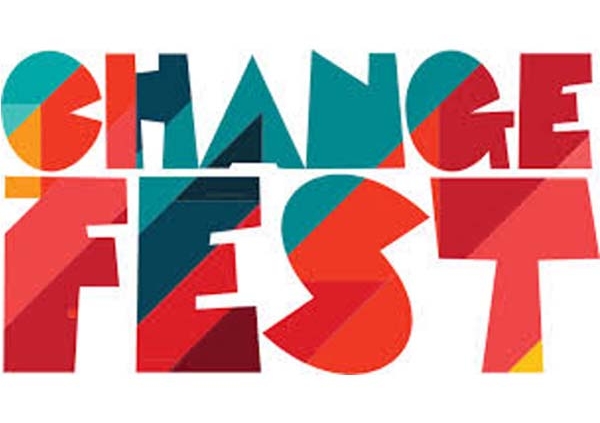2019 Changefest: Evaluation Tools session
Evaluation Tools session, with Monique Perusco (Jesuit Social Services and Working Together in Willmot), Skye Trudgett and Ellise Barkley (Clear Horizon)
Our session started with a contextual summary of the work and characteristics of ‘Together in Willmot’, a collaborative social change effort in Mt Druitt involving The Hive, Jesuit Social Services, service providers, schools and many other partners. Clear Horizon is working with Together in Willmot as an evaluation partner. Our shared approach to learning and evaluation responds to the challenges of evaluating systems change and place-based approaches, and is tailored to the phase, pace and strengths of the collaboration. We introduced the process for evaluation we are undertaking, which has involved training in Most Significant Change Technique and local data collection which will feed into building a theory of change and then an evaluation plan. We are planning next year to do co-evaluation focused on the efforts and outcomes to date.
During the session we looked at examples of some Most Significant Change stories so far collected as part of this work.
Most Significant Change (MSC) technique was developed by Jess Dart and Rick Davies. Together Jess (Clear Horizon’s founder and CEO) and Rick authored the User Guide in 2005, and MSC is now applied to innumerable contexts worldwide. MSC story based method that can be used for participatory monitoring and evaluation. The process follows a simple interview structure that can generate a one page change story. It is participatory because many stakeholders are involved both in deciding the sorts of change to be recorded, and in analysing the data. MSC uses stories as a form of data collection. Stories are collected from those most directly involved, such as project participants and field staff. Stories are usually collected by asking a simple question such as ‘during the past year, what in your opinion, has the been the most significant change for participants as a result of this program? Stories are then collected, and stakeholders sit together to analyse the stories, at this time, participants are asked to select the story that represents the most significant change for them. The process of selecting the most significant story allows for dialogue from project stakeholders about what is most important. This dialogue is then used as evaluation data to create knowledge about the project and what it is achieving.
We also covered concepts and tools for evaluating systems change and place-based approaches from the Place-based Evaluation Framework and Place-based Evaluation Toolkit, which was commissioned by Commonwealth and Queensland governments last year and is a leading guide for evaluation in this context. We introduced the generic theory of change for place-based approaches and ‘the concept cube’ that shows the multiple dimensions of evaluation in this context. Clear Horizon worked with TACSI and CSIA to lead the co-design of the framework and have been working with government, community, philanthropy and non-government partners to test, apply and progress these learning, measurement and evaluation approaches.


